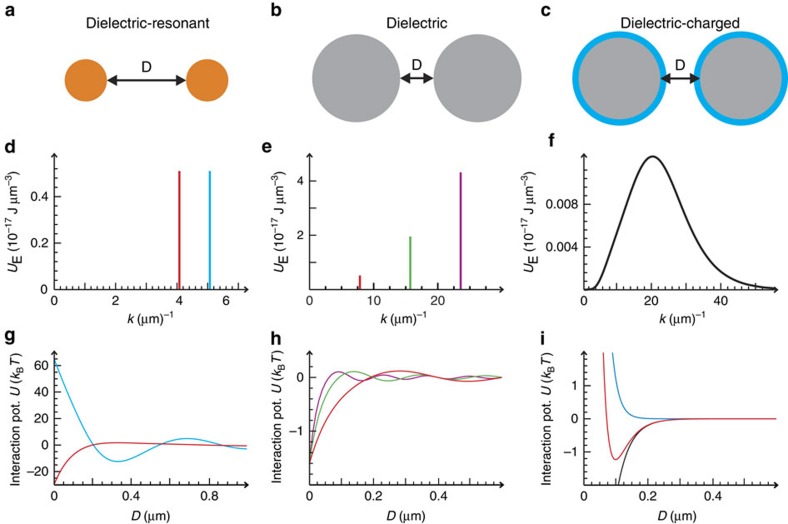Figure 1. Tuneable interactions induced by random light fields.
(a–c) Three representative examples of designer random-light-induced pair potentials U(D). (d–f) Electric field energy densities UE(ω) versus k=nhω/c. Their corresponding interaction potentials are depicted in the third row (g–i). (g) Exact calculation based on equation (3) for non-absorbing semiconductor particles where the optical response at wavelengths 1.2–2 μm is well described by the electric and magnetic polarizabilities. Random light illumination allows for switching between strongly attractive (red) and strongly repulsive (blue) interactions. The examples show the interaction between two R=230 nm spheres (n=3.5) in water (nh=1.33). Based on equation (6), we calculate in h the interaction potential due to a monochromatic random light illumination between uncharged dielectric particles at different wavelengths (compare the corresponding colours). By changing the wavelength (or wave number k), the range of the interaction potential can be tuned precisely. (i) Properly designing the energy density spectrum of random light fields allows for exponentially attractive dispersion potentials (black curve). This property can be used to produce Morse-type potentials on a colloidal level using dielectric-charged particles. The exponential electrostatic double-layer repulsion calculated for a contact potential of 180 kBT and a Debye length of 20 nm (blue), and the exponentially attractive dispersion interaction (black) superimpose to a colloidal Morse potential (red).

